Over the 12 year period between 2003 and 2015 slips, trips, or falls caused the death of 386 workers, represented 23% of serious claims and were caused by environmental factors 56% of the time. And the figures for workplace fatalities in the United States are no less shocking. It is estimated that a worker died on the job every 119 minutes in the US in 2017. If your facility requires operators to work at heights above 4 feet, fall protection should be at the top of your list of safety concerns.
Regardless of the attention grabbing press that brings violations to the front page, the importance of workplace safety cannot be understated. And the size of your budget will not be the determining factor in developing a comprehensive plan. Identifying hazards and fixing them before they cost your business time and money is what will set your plant up for success. With proper planning, implementing safety systems and products will pay dividends in the long run. With countless non-fatal workplace injuries and illnesses reported by private employers, there’s evidence that investing in the development of safety standards, systems, and industry appropriate products will actually increase productivity in the long run and help with employee retention.
Productivity does not need to come at the expense of worker safety and nearly all accidents are preventable. Plant managers that implement the following 5 steps are likely to see profits soar while reaping the long-term benefits of safety, such as higher employee satisfaction and retention rates, increased productivity, and improved brand reputation, they will inevitably bring.
Conduct regular risk assessments.
According to the Code of Practice published by Safe Work Australia in Oct 2018, regular risk assessments should be conducted as follows:
- Identify hazards—find out what could cause employees or visitors to your facility harm.
- Assess risks, if necessary—understand the nature of the harm that could be caused by the hazard, how serious the harm could be and the likelihood of it happening. This step may not be necessary if you are dealing with a known risk with known controls.
- Eliminate risks so far as is reasonably practicable.
- Control risks—if it is not reasonably practicable to eliminate the risk, implement the most effective control measures that are reasonably practicable in the circumstances in managing the risk of falls at a workplace.
- Review control measures to ensure they are working as planned.
Most importantly, remember to use your periodic risk assessment as a tool for improving outcomes, not just avoiding the worst case scenario. By keeping the big picture in mind, you’ll automatically lower incident rates and raise profit margins. And don’t worry about reinventing the wheel. The Canadian Center for Health and Occupational Safety (CCHOS) also offers a number of checklists, tables, and tips all available for free on their website.
Focus on prevention first.
Lack of fall protection is the OSHAs #1 violation in the U.S. to date and has been for the past 9 years, which makes it a no-brainer for facility managers looking to increase workplace safety. Add to that the fact that 40% of workplace fatalities are caused by a fall and $70 billion is spent by employers each year on medical costs due to falls; ample evidence that fall protection should be a priority. But what if the hazard was eliminated altogether?
It’s common for plant managers to emphasize the efforts they are making to ensure workers are not harmed in the event of a fall or accident. Fall protection equipment such as harnesses and even thorough rescue plans are required to comply with safety compliance standards, but in most cases aren’t enough to create a comprehensively safe workplace. In an article published in the Harvard Business Review in March of 2018, David Michaels, former U.S. OSHA Assistant Secretary of Labor suggests that serious accidents are indicative of much larger problems and that the relationship between a safe work environment cannot be understated. He goes on to suggest that, “Companies can be successful and safe at the same time. The reality is that virtually all workplace injuries are preventable, and safety management and operational excellence are intimately linked.”
When it comes to prevention based safety programs, company-wide initiatives will always be more effective than isolated efforts. Proper training ensures everyone knows what to do in the event of an injury or accident. Practice makes perfect. Taking the time to act out scenarios helps employees and managers feel prepared when the unexpected occurs. People tend to react rather than respond when accidents happen, so be sure to have signs posted throughout your facility with simple and direct steps to follow when someone is injured. If you’re looking for guidance on developing an injury response plan, this article from Insureon.com offers some good advice about how to prepare.
But falls aren’t the only hazard to prevent on the job. Any activity that puts workers at a heightened personal safety risk is your responsibility to address preventatively. Heat exhaustion, electrical shock, chemical spill containment, vehicle and heavy equipment related accidents, and proximity to dangerous machinery are common concerns at plants in a variety of industries. For more information about how to create a safer workplace check out these helpful tips to uplevel safety at your facility.
A thorough accident prevention program requires regular training, high-quality, industry appropriate equipment, and a company culture that embraces safety and respect for all workers to be effective.
Employees that feel empowered to support one another in creating an environment where everyone’s safety is the highest priority are are trained to use equipment safely and fully understand the safest ways to fulfill their duties on a regular basis are less likely to become complacent. Keeping workers engaged and focused with supportive and attentive leadership will maximize your prevention efforts. And remember that at the end of the day, safety is really about good business practice. The benefits of investing time and energy into a good safety plan include higher job satisfaction, improved corporate image and staff retention, increased productivity and efficiency and fewer costs associated with incident resolution.
Develop a culture of safety.
In his podcast, The Safety Pro Blaine J. Hoffman suggests that developing a culture of safety by demonstrating an expectation of success in every department should be at the top of the priority list for plant managers looking for lasting results. Take the time to develop a culture of safety throughout the plant so it is clear to everyone, from C-suite executives to operators on the floor, that cutting corners and overlooking protocols will not be tolerated. By investing in new systems for communication, accountability, and intentionally celebrating success at regular intervals, trust will increase, motivating growth and progress for everyone on your team. Incentivize the behaviors you’d like to see become part of the company culture and watch the collaborative and mutually supportive energy at your workplace flourish.
Empowering employees to support one another in reporting near misses and making suggestions for improvements is a great way to create an atmosphere of mutual respect and personal responsibility. Keep the lines of communication open and be ready to consider solutions you may have never considered before. Managers who are approachable and work to stay in close contact with their teams are much more likely to hear about what’s not working from the employees’ perspective. Hoffman suggests that although “leaders can’t force people to develop a meaningful sense of accountability,” they can activate responsibility “by shaping an organizational culture that promotes responsibility.” Nobody wants to be an automaton. Plant managers who prioritize productivity goals over all else can inadvertently encourage unsafe behavior. If employees have to break the rules to meet your expectations, people can get hurt, and nobody wins.
In his HBR article, Michaels contests that, “To make substantial progress in injury prevention, companies must select a set of indicators that measure progress toward that firm’s chosen goals.” Unlike lagging indicators such as recordable injuries, tracking leading indicators is the most productive way to reduce the risk of serious injuries and fatalities. Leading indicators are inherently more focused on prevention and must be uniquely matched with the systems, products, and processes of a facility. Examples include specific hazard identification or abatement, incident investigations, and follow through. Michaels recommends starting small and adding more as your safety program matures.
Focusing on the worst case scenario makes sense, however it doesn’t get to the root of the problem. In isolation, safety measures are at best a haphazard attempt to keep OSHA happy and business humming. By establishing a culture of safety and mutual respect throughout your company, you’ll stay ahead of preventable accidents and build a team of loyal employees in the process.
Understand your responsibilities.
Complying with federal and state standards for safety is no small feat regardless of the size of your facility. In addition to industry related safety measures, it is your responsibility to stay current on the guidelines set out by regulatory agencies to keep employees safe at work. According to the standards outlined by Safe Work Australia, a PCBUs (Person Conducting a Business or Undertaking) must manage health and safety risks associated with slips, trips and falls by eliminating the risk so far as is reasonably practicable. If that is not possible, you must minimize risks so far as is reasonably practicable.
Specifications for guardrails, handrails, stair treads, toeboards, scaffolding, ladders, etc. to provide adequate fall protection for employees at work can help prevent and protect operators from common workplace mishaps. Accidents aside, disregard for these standards not only creates unsafe working conditions for employees, but makes your company vulnerable to fines should an enforcement officer pay a visit.
But what about the grey areas? Marine is a good example of an industry left to interpret OSHA regulations without much direction. Safe access for workers when loading and unloading in a marine environment makes compliance a little less straightforward. Gangways and loading platforms must keep workers safe, but it’s up to you to analyze your risk carefully. Relying on experts with experience interpreting compliance standards is vital to making sure operations stay safe and efficient regardless of the industry.
Similarly OSHA’s fall protection and prevention requirements for rolling stock have been confusing and consistently unenforced for decades. In an effort to remedy the lack of information available on the subject, OSHA requested input from industry leaders and addressed widespread concerns in a public hearing held in January of 2011, and although clarification is anticipated later this year, in the meantime, responsibility is on you to be thorough in keeping workers safe under all circumstances. Seeking out the advice of industry leaders in safety is a wise choice as compliance is often a moving target. Consultants and those leading the way manufacturing industry-specific equipment can be valuable allies as your company works to stay current and compliant as production evolves in your business.
Do the math.
Although we can’t anticipate every incident, keeping your facility safe and compliant is not just the right thing to do from a moralistic standpoint, it’s also a very wise financial investment. According to the U.S. National Safety Council, the largest penalty issued to an employer in FY 2019 was nearly $1.8 million and estimates that work-related injuries and deaths annually cost society $164.6 billion. It’s important to consider direct and indirect costs when evaluating how much an injury at your plant will cost. An article in the Dec. 2018 issue of Safety + Health Magazine suggests that direct costs include workers’ compensation, medical, and legal costs. Examples of indirect costs are lost productivity, hiring employees to replace injured workers, the time and expense to conduct incident investigation, repairing damaged equipment, and the implementation of corrective measures.
Clearly, the importance of investing time and money into a comprehensive safety program is necessary, and to reinforce this, consider the math outlined by the EHS Advisor in January of 2019. Safety managers should be prepared to clearly demonstrate the ROI of their efforts by running the numbers ahead of time. To calculate the percentage of profit earned for every training dollar spent, it is necessary to track expenses to design, development, administration, execution, and evaluation of your programs.
Similarly, you’ll want to also account for the monetary benefits of your efforts including reduced labor costs and employee turnover and increases in productivity, lead generation, and income. According to the formula included in the article the author suggests that it is reasonable to expect that, “for every $1 spent on training, there can be a net benefit of $3. This kind of feedback and analysis can go a long way toward establishing the effectiveness of your safety training program and its value to your employer.”
It goes without saying that businesses that take their safety plans seriously are less of a liability and more stable for investors, insurers, clients, customers, and employees. Comprehensive safety plans that include the purchase, maintenance, and training of high-quality, industry appropriate equipment might cost more initially, but pays off in the long run. Choose to partner with reputable, reliable manufacturers with products that meet or exceed current OSHA compliance standards. Nothing is more important than the safety of your team and the productivity of your plant.
Ask questions and always request site visits and adequate consultation prior to the purchase of any safety equipment for your facility. Most of all, work exclusively with vendors that demonstrate excellence and experience in your industry with a thorough understanding of compliance standards specific to your facility. To set your company apart as a safe and responsible leader in your industry, remember that there is always more to do. Keep in mind that being OSHA compliant is the very least you should be doing to stay on the cutting edge. To achieve excellence, good enough is never enough. Implementation of these vital steps is the best way to reduce incidents, improve production, increase efficiency, and create a workplace environment your plant can feel proud of.
About the author:
Graeme Murphy serves on the executive leadership team of SixAxis and is vice president of business strategy and development for SafeRack. Murphy oversees business development strategy for SafeRack in addition to managing international sales operations from the SixAxis office located in Kent, England.
About SafeRack:
SixAxis, LLC was founded by Fred Harmon and Rob Honeycutt in 2002 to deliver high-quality loading rack and fall protection solutions to companies around the world. Under their leadership, SixAxis’ SafeRack brand opened its first manufacturing facility in 2005 in Andrews, South Carolina. By 2008, SafeRack earned a place on Inc.’s “Fastest-growing Private Companies in America” list. SafeRack is just one of 13 diverse brands developed under parent company, SixAxis. In addition to SafeRack, product-specific brands such as ErectaStep, RollaStep, PerfectaStep, AeroStep, and MarinaStep have been developed to engineer and manufacture advanced products that increase safety and boost productivity. Additionally, SixAxis software solutions are engineered to simplify technology and propel industry leaders worldwide. For more information about how SafeRack is changing the world of truck and railcar loading platforms, as well as OSHA compliant modular platform systems for aviation, aerospace, marine, and other markets, visit Saferack.com.


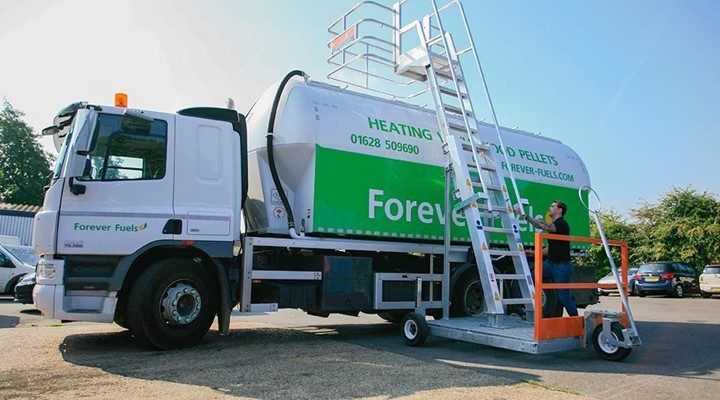

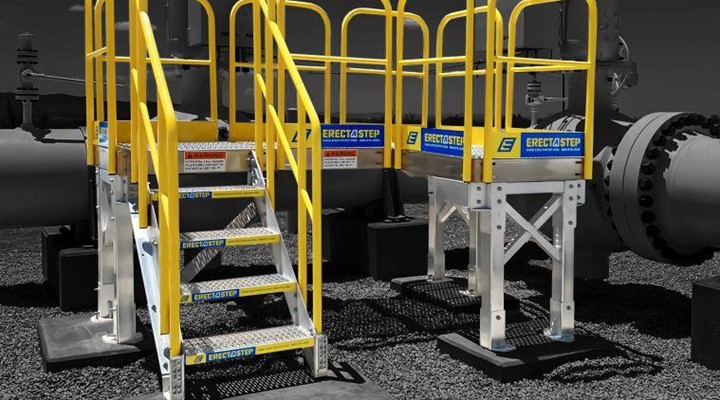
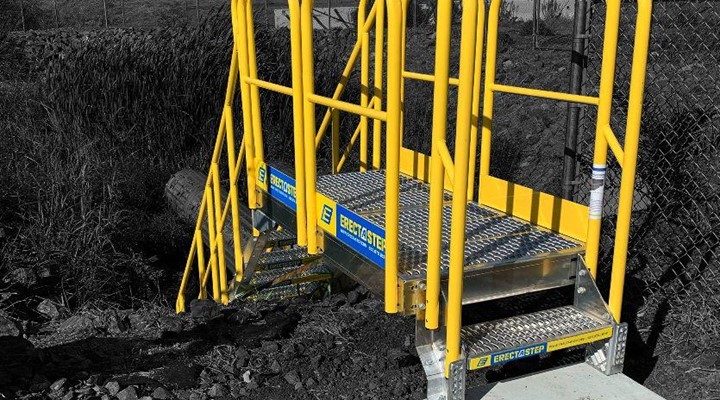
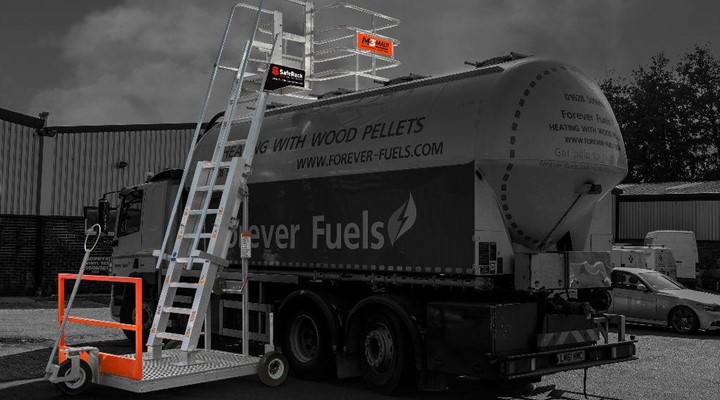
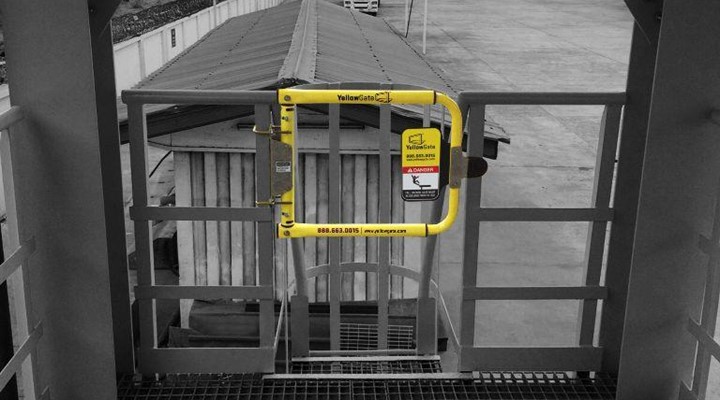


-160x160-state_article-rel-cat.jpg)
-160x160-state_article-rel-cat.png)

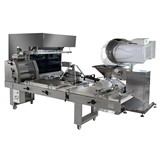
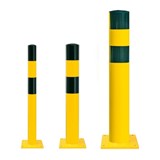





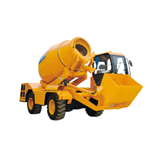
-160x160-state_article-rel-cat.png)


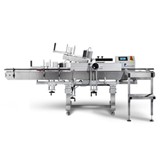


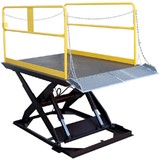
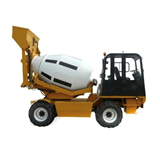
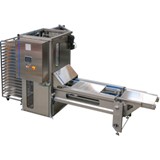
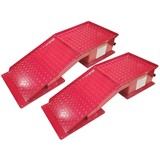



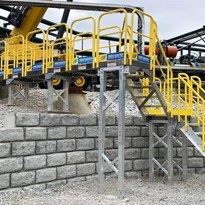
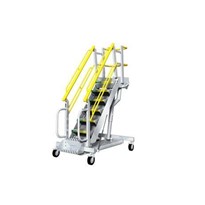
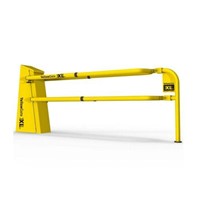
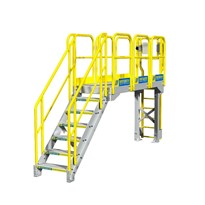
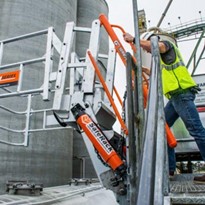
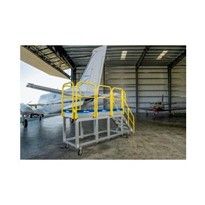
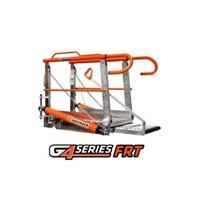
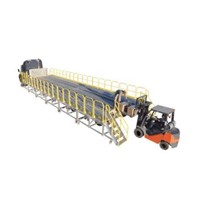
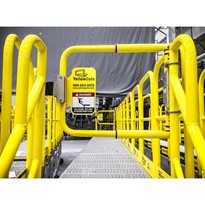
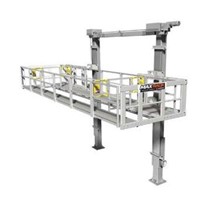
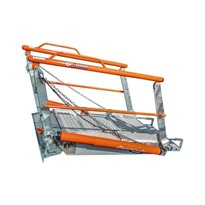
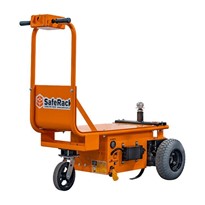
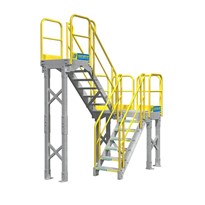
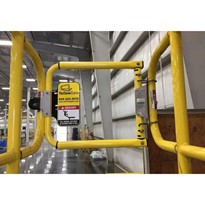
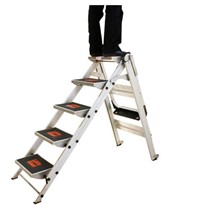
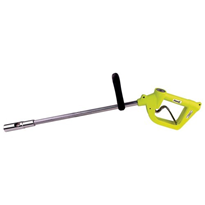

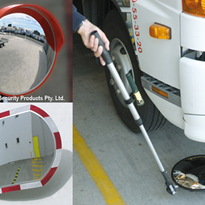


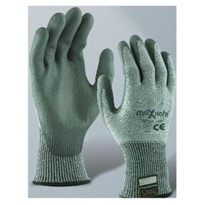


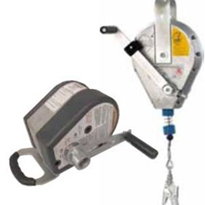
2-205x205.jpg)